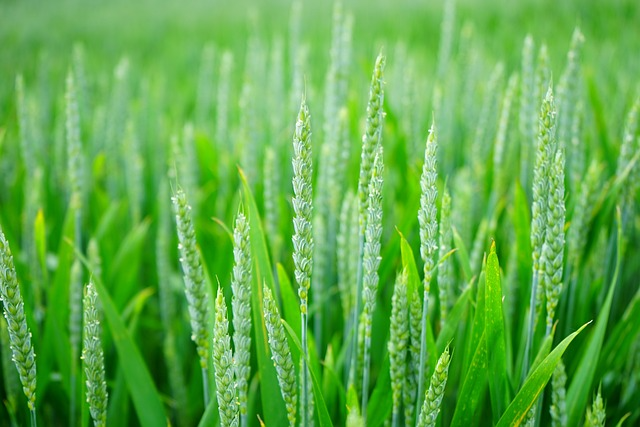Wheatgrass is fresh grass from a common wheat plant called triticum aestivum. It is not meant to replace vegetables in...

Wheatgrass is fresh grass from a common wheat plant called triticum aestivum. It is not meant to replace vegetables in...

© 2025 jackomd180. All rights reserved.